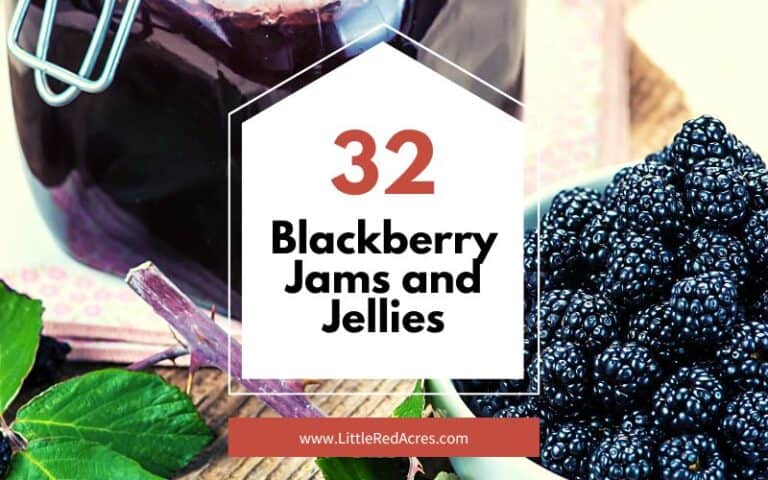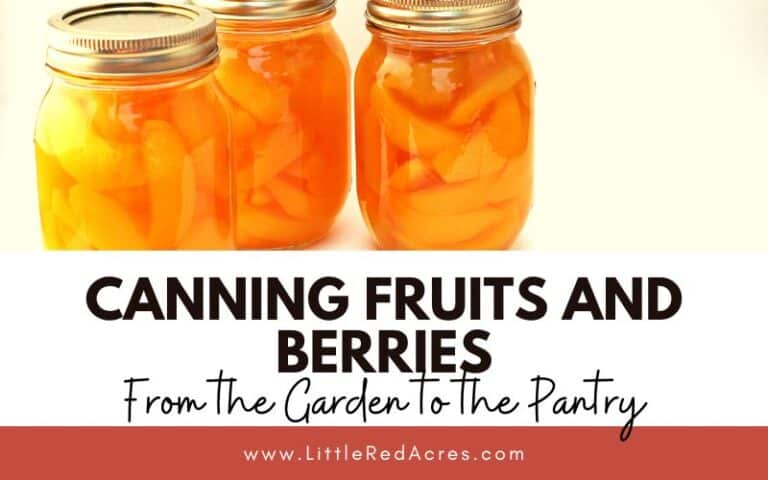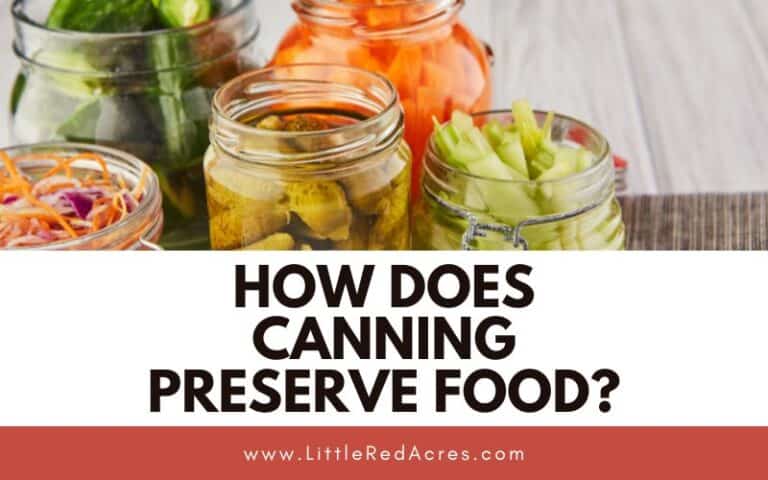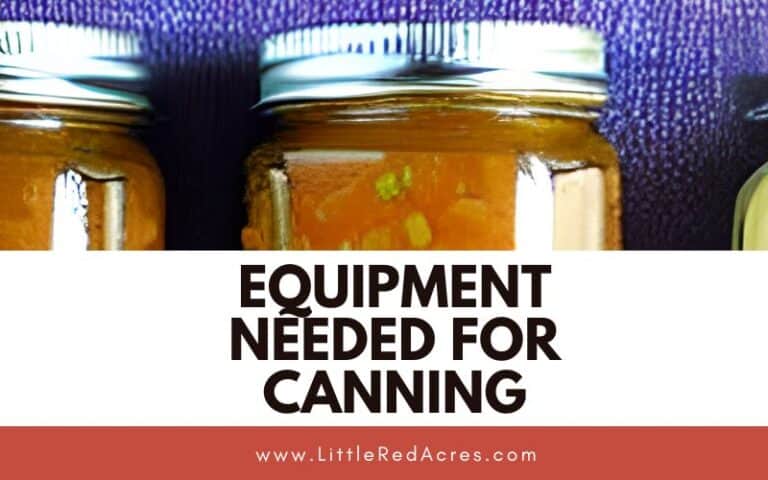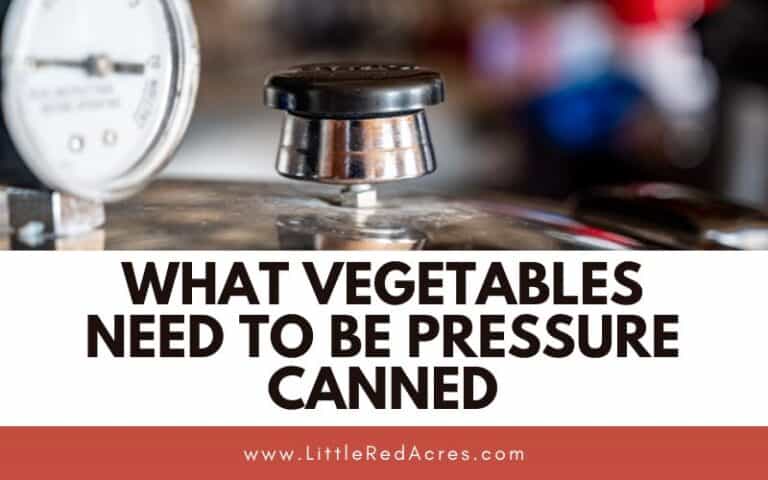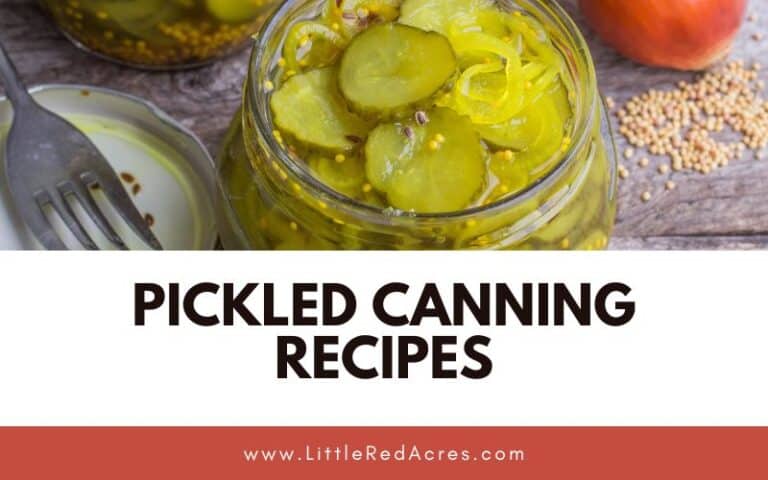A Beginner’s Guide to Pressure Canning Vegetables
Inside: Let's talk about pressure canning vegetables in our comprehensive beginner's guide to home food preservation for your garden harvest.
Pressure canning is a valuable skill for anyone looking to preserve the vibrant flavors and nutritional goodness of vegetables. Whether you have a flourishing garden or simply wish to take advantage of seasonal produce, this guide will walk you through the essential steps of pressure canning vegetables.
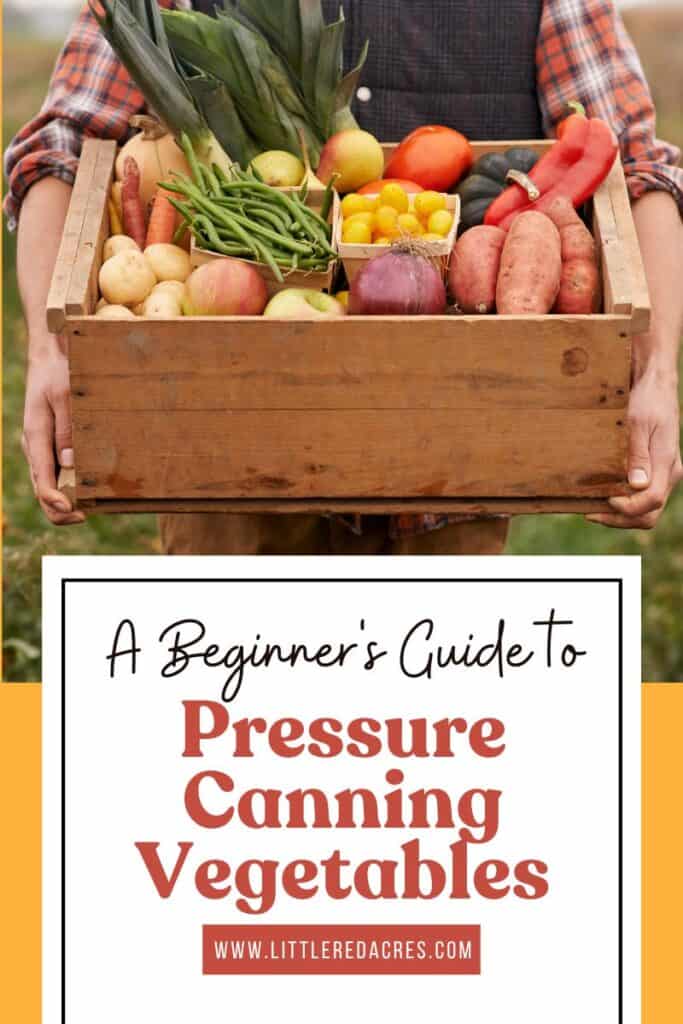
This post may contain affiliate links, see my disclosure policy for more information.
A Beginner's Guide to Pressure Canning Vegetables
Safety, quality, and proper techniques are key to ensuring your canned vegetables are not only delicious but also safe for long-term storage. Let's explore the world of pressure canning together.
Get updates & freebies delivered to your inbox!
Safety First: Follow Instructions Carefully
Safety is paramount when it comes to pressure canning. Always start by reading and understanding your pressure canner's instructions.
It's crucial to use the right equipment, including a tested and calibrated pressure canner, not a pressure cooker, not an Instant Pot. Follow recommended processing times and pressure levels meticulously to prevent bacterial growth and foodborne illnesses.
Choose Fresh Produce: Quality Matters
Selecting the freshest vegetables is the foundation of successful pressure canning. Harvest or purchase vegetables at their peak ripeness to ensure the best flavor and nutritional value. Avoid overripe or damaged produce, as it can compromise the quality of your canned goods.
Cleanliness is EVERYTHING
Thoroughly clean and sanitize all equipment, including jars, lids, and utensils. Sterilizing your canning jars is essential to prevent contamination and spoilage.
Wash vegetables carefully, removing any dirt or debris, and trim them as needed. Proper cleanliness is your first line of defense against foodborne pathogens.
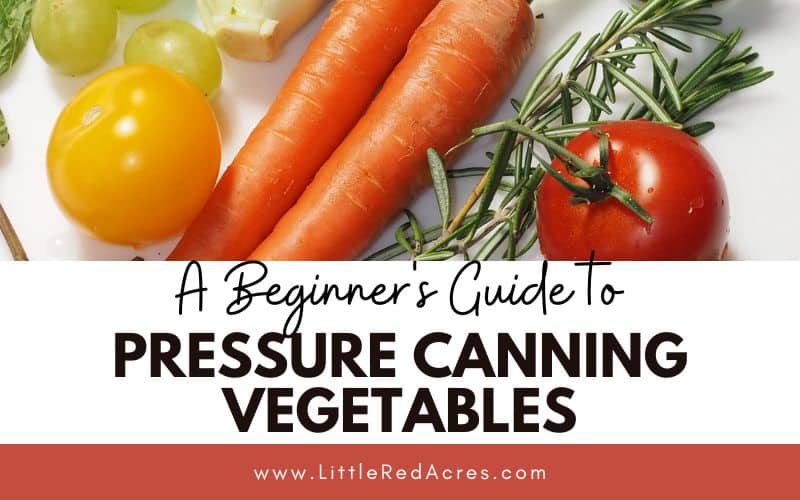
Fill Jars, Leaving Headspace
When filling jars with vegetables, leave the appropriate amount of headspace.
Headspace is the empty space between the food's top and the jar's rim. It allows for expansion during processing and ensures a proper seal. Follow your recipe's recommendations for headspace to avoid overpacking, which can lead to failed seals and exploding jars.
Process Correctly for Safe Storage
Pressure canning relies on high temperatures and pressure to destroy harmful microorganisms, including bacteria, yeasts, and molds. The process also eliminates the need for chemical preservatives.
Ensure you're using a pressure canner with a pressure gauge and follow safe recipes and guidelines for processing times and pressure levels.
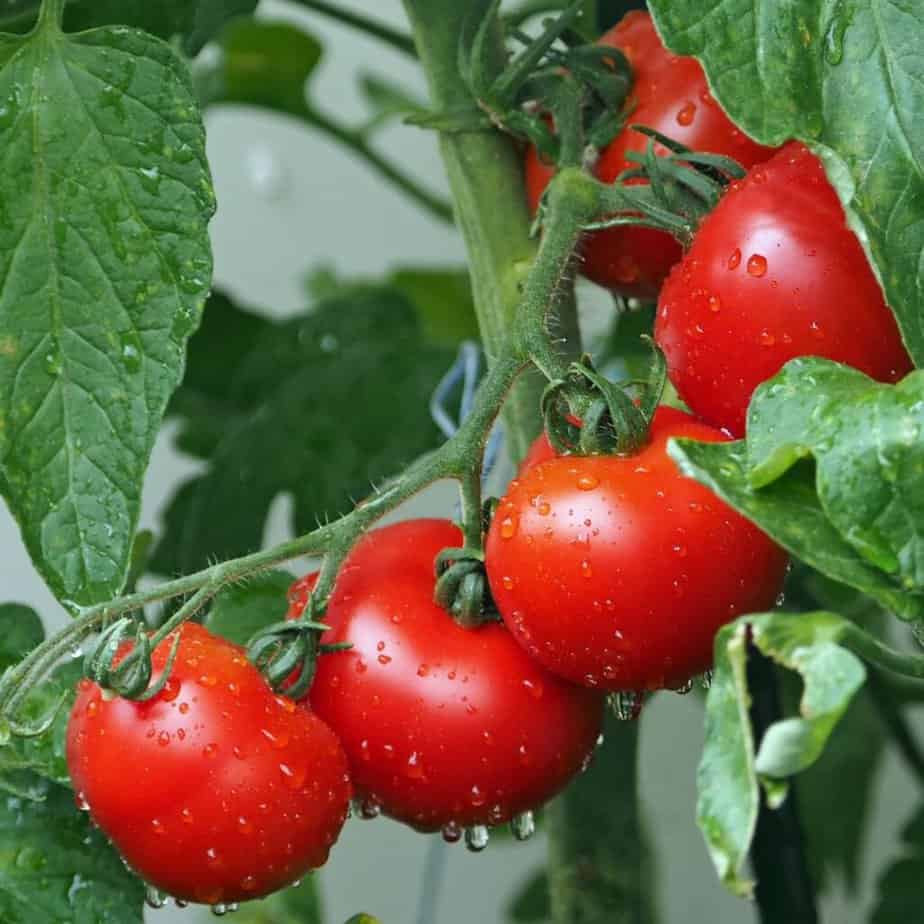
The Vegetables That Must Be Pressure Canned
Not all vegetables require pressure canning. Some can be safely preserved using other methods like water bath canning. However, for low-acid vegetables, pressure canning is the safest option.
Vegetables that must be pressure canned include:
- Corn
- Green beans
- Carrots
- Peas
- Potatoes
- Squash (including zucchini)
- Spinach
- Beets
- Asparagus
- Okra
- Mixed vegetable combinations
Pressure canning these low-acid vegetables ensures they are correctly preserved and safe to consume.
The Benefits of Pressure Canning Vegetables
Pressure canning offers several benefits beyond ensuring food safety:
- Longer Shelf Life: Properly canned vegetables can last for up to one year or more, providing a convenient and nutritious food source.
- Preserve Freshness: Pressure canning locks in the freshness, flavor, and nutritional value of vegetables.
- Independence and Self-Sufficiency: Home canning allows you to control the ingredients, reducing reliance on store-bought canned goods.
- Reduced Food Waste: Canning helps prevent excess produce from going to waste, contributing to sustainability.
Pressure-canning vegetables is a rewarding and practical way to enjoy the taste of the harvest year-round. By following safety guidelines, choosing quality produce, practicing proper preparation, and adhering to correct processing techniques, you can confidently embark on your pressure canning journey.
Want More?
Preserve Your Harvest with These Pickled Canning Recipes
From Garden to Jar: How Does Canning Preserve Food?


